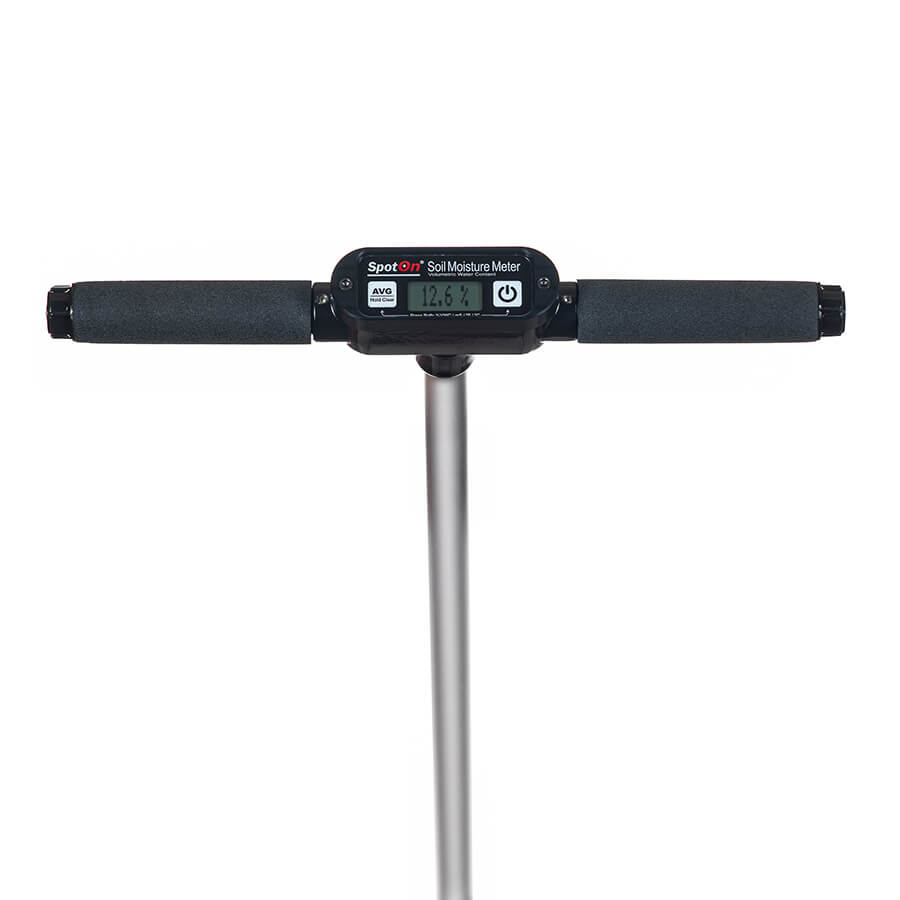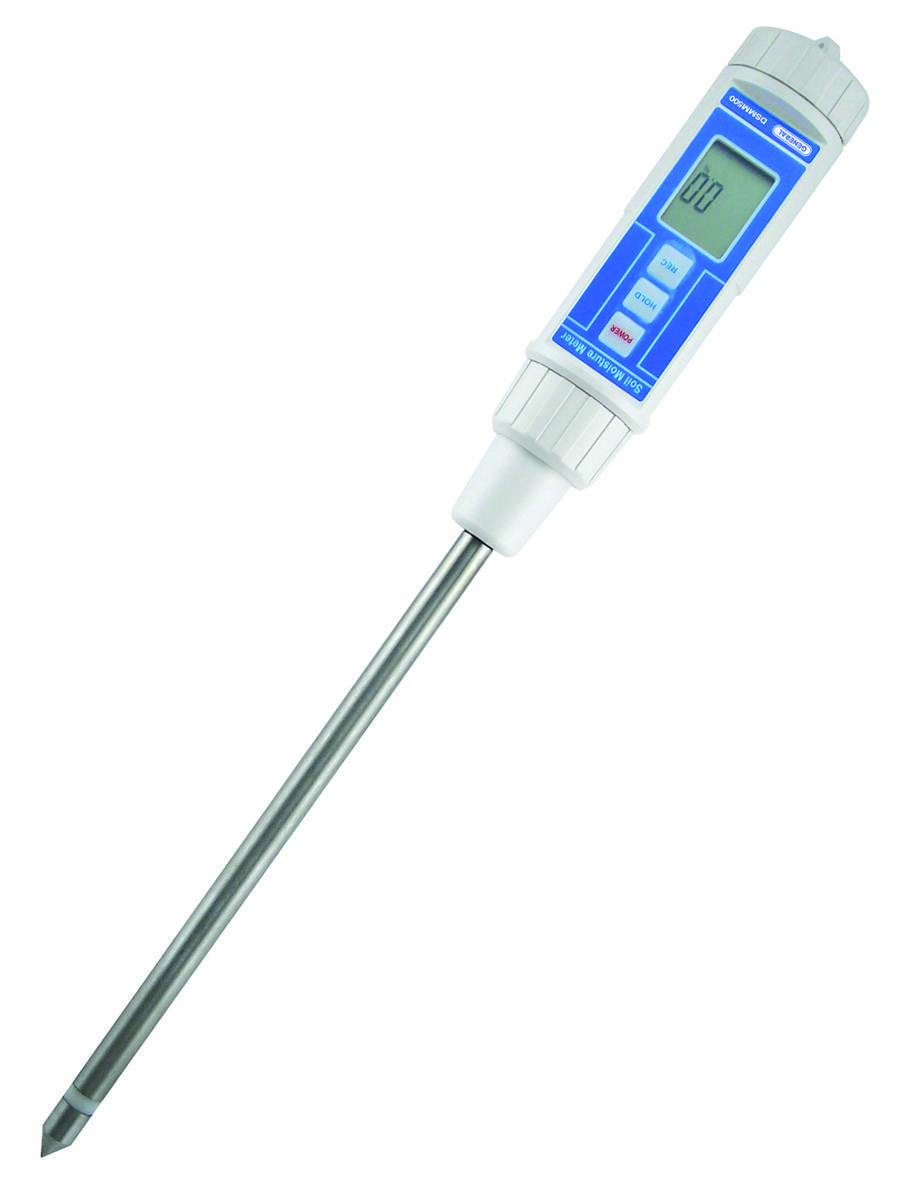Exactly how to Utilize a Moisture Meter to Discover Concealed Water Damage in Your Property
Explore the World of Moisture Meters: Whatever You Need to Know
In the world of moisture meters exists a globe of precision and usefulness that often goes undetected. These gadgets, while seemingly straightforward, hold a wealth of information that can substantially affect different markets and applications. Comprehending exactly how moisture meters run, the different types readily available, and their varied usages can clarify their importance in making sure high quality and performance. By exploring the complexities of wetness meters, one can discover a valuable tool that transcends plain measurement, using insights that can make a significant difference in various fields.
Exactly How Moisture Meters Work
Moisture meters run by gauging the electrical conductivity or capacitance of materials to determine the dampness material present. These meters are invaluable tools throughout different markets, consisting of woodworking, agriculture, and building. By utilizing different approaches such as pinless or pin-type modern technology, moisture meters offer exact readings that aid experts make educated decisions.
Pin-type moisture meters function by inserting the sharp pins right into the product being examined. The electric conductivity in between the pins is then gauged, with greater moisture levels resulting in boosted conductivity. Moisture Meter. On the other hand, pinless wetness meters use electromagnetic signals to check a larger location without creating any kind of damage to the material's surface area. These meters are optimal for rapidly evaluating moisture degrees in big locations or finished items.
Regardless of the approach made use of, wetness meters play a critical function in avoiding issues such as mold and mildew development, architectural damages, or item flaws brought on by excess moisture. Understanding how these meters work is necessary for guaranteeing the high quality and integrity of products in numerous applications.
Kinds Of Moisture Meters
Given the critical duty wetness meters play in various markets, it is necessary to comprehend the different kinds offered to professionals for properly analyzing wetness levels - Moisture Meter. There are largely two major sorts of wetness meters: pinless and pin-type dampness meters

On the various other hand, pinless wetness meters use electro-magnetic sensor plates to scan a bigger location of the product without triggering any type of damage. This type appropriates for quickly scanning large locations and is typically made use of for flooring, walls, and ceilings. Pinless meters are convenient for taking analyses on completed surface areas without leaving any type of visible marks.
Both sorts of dampness meters have their benefits and are selected based on the particular demands of the task at hand. Understanding the distinctions in between these types is important for experts to make accurate dampness analyses.
Applications Throughout Industries
With diverse performances, dampness meters locate widespread application throughout different markets, aiding experts in guaranteeing ideal problems for frameworks and products. In the agriculture market, dampness meters are very useful for establishing the moisture content in grains, seeds, and hay, ensuring top quality control and preventing mold and mildew growth. Building experts depend on dampness meters to examine the wetness levels in structure materials like drywall, wood, and concrete, which is critical for preserving architectural honesty and stopping issues like rot or mold and mildew. The floor covering sector makes use of wetness meters to determine the wetness web content in subfloors prior to setting up different flooring, preventing pricey problems because of excess dampness. Additionally, in the food sector, moisture meters are made use of to keep an eye on and manage moisture degrees in products such as grains, nuts, and dried out fruits to keep quality and quality. Additionally, her explanation wetness meters play an important duty in the restoration and damage control sector by assisting specialists identify and attend to water damages in structures without delay. Throughout these varied sectors, dampness meters are important tools for ensuring the quality, safety, and longevity of different materials and products.
Tips for Making Use Of Moisture Meters
Use the moisture meter's calibration setups to ensure exact readings when determining the moisture web content in various materials. Calibration is essential for the proper performance of a dampness meter. Prior to each usage, it is recommended to check and adjust the calibration settings according to the details material being evaluated. Additionally, make certain the meter is established to the right moisture variety for the product you are determining to obtain one of the most exact results.
When utilizing a pin-type dampness meter, put the pins to the appropriate deepness recommended for the material being tested. This makes sure that the dampness readings are drawn from the proper depth within the product, offering a much more exact depiction of its wetness material. For pinless moisture meters, bear in mind to keep appropriate contact with the material's surface to obtain trustworthy readings.
Regularly check and replace the batteries in your wetness meter to stop inaccurate readings because of reduced power. Shop the meter in a completely dry and risk-free place when not being used to lengthen its life expectancy and keep its precision. By following these pointers, you can optimize the performance of your dampness additional resources meter and acquire specific wetness content dimensions across different materials.
Maintenance and Calibration
To guarantee the accuracy of moisture content measurements, regular maintenance and calibration of the dampness meter are vital actions in its proper performance. Calibration changes the moisture meter to guarantee that it offers consistent and reliable outcomes.
Calibration must be executed periodically, particularly if the moisture meter is utilized often or in critical applications where specific measurements are needed. Numerous moisture meters feature calibration devices or can be calibrated by expert solutions. Moisture Meter. It is recommended to keep a log of calibration days and results to track the efficiency of the wetness meter with time. By adjusting the wetness and preserving meter regularly, individuals can rely on click here for info the accuracy of the wetness material dimensions gotten.
Conclusion

To conclude, dampness meters play an important duty in different sectors by precisely measuring the dampness content of products. Recognizing exactly how these devices function, the different types offered, and correct upkeep and calibration are important for acquiring trusted results. Whether in manufacturing, farming, or construction, using moisture meters assists make certain high quality control and performance in processes.

In final thought, wetness meters play a crucial duty in numerous markets by accurately measuring the wetness material of products.